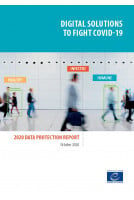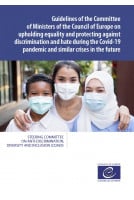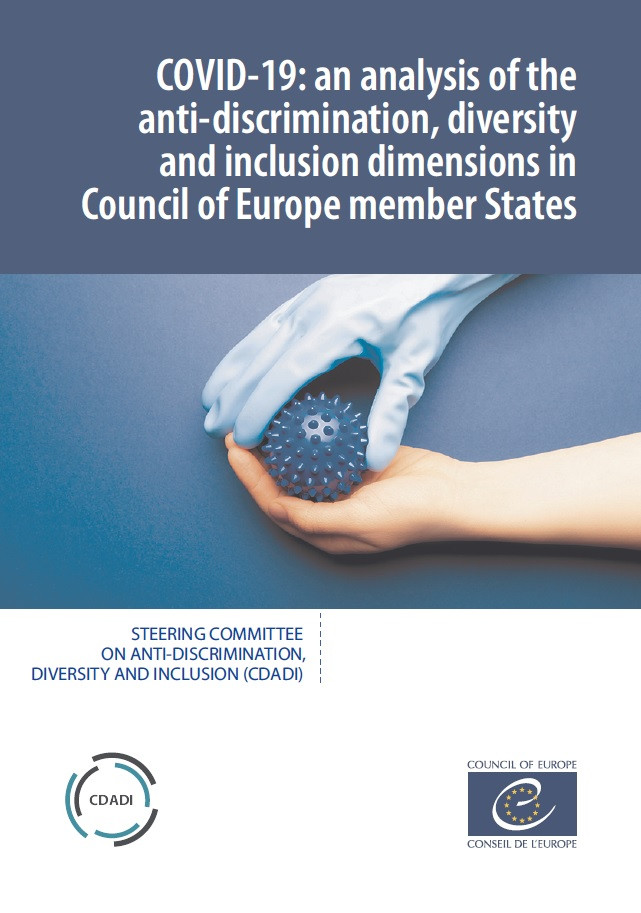Anti-discrimination, diversity and inclusion: an analysis of the state response to the Covid-19 pandemic
Times of major international change are usually prone to the flourishing of nationalistic rhetoric and the scapegoating of ‘others’. The Covid-19 crisis is no exception: persons belonging to national minorities, migrant or LGBTI communities have been reported to be exposed to stigma, linking the virus to their (perceived) belonging to their community. At a more structural level, the crisis has also magnified both societies’ weaknesses and their strengths, in creating conditions for equality and inclusion for all and enhancing diverse societies’ resilience to such crises.
This report reflects on the various Council of Europe member States’ experiences in dealing with these challenges when responding to the crisis. It draws on the Council of Europe’s work on anti-discrimination, equality and inclusion, including at local level with the Intercultural Cities network. It is also informed by the work of the European Court of Human Rights (ECtHR), which has delineated States’ positive obligations in this area, as well as Council of Europe monitoring bodies, notably the European Commission against Racism and Intolerance (ECRI), the Advisory Committee on the Framework Convention for the Protection of National Minorities, and the Committee of Experts of the European Charter for Regional or Minority Languages. In many respects, the Covid-19 pandemic has emphasised the relevance of these bodies’ findings and recommendations. They may prove to be useful tools for both crisis and post-crisis responses.
1. INTRODUCTION
1.1. The Covid-19 crisis and diverse and inclusive societies
1.2. Key challenges and opportunities
1.3. Report process
2. ANTI-DISCRIMINATION, DIVERSITY AND INCLUSION IN THE RESPONSE TO COVID-19: SOME STRUCTURAL ELEMENTS
2.1. States of emergency, human rights, democracy and the rule of law
2.2. Good governance
3. MAIN CHALLENGES IN KEY AREAS FOR STATE INTERVENTION
3.1. Anti-discrimination and equality
3.2. Hate speech
3.3. Violence against LGBTI persons
3.4. Access to public services: health, housing, education
3.5. Socio-economic participation
3.6. Security and law enforcement
4. CONCLUDING REMARKS 5. RECOMMENDATIONS APPENDIX
The anti-discrimination, diversity and inclusion dimensions of the response to the Covid-19 pandemic







